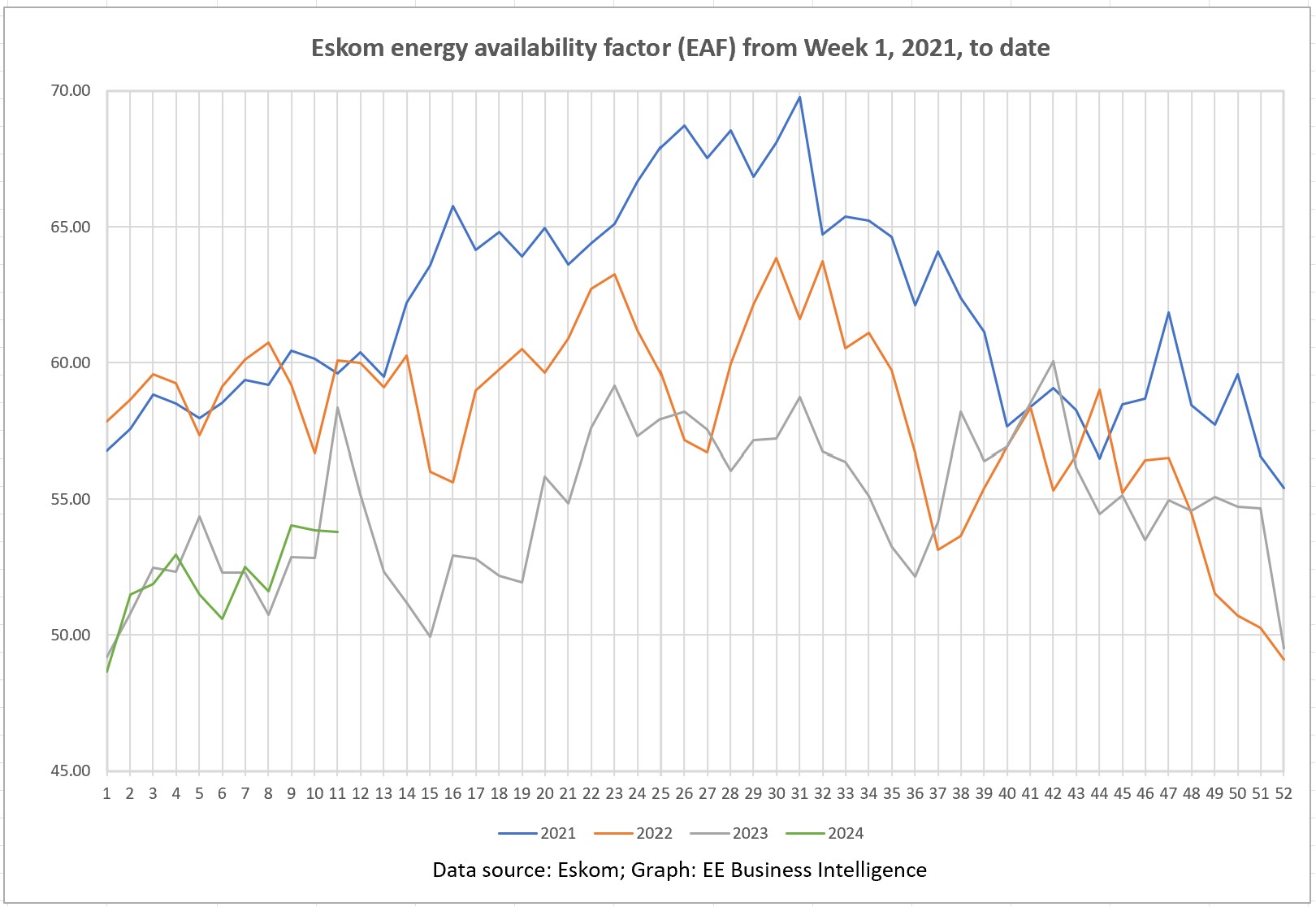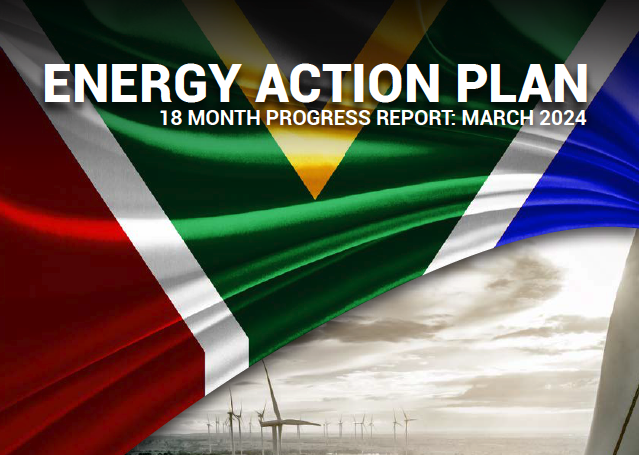- The Presidency in South Africa has released the 18-month update on the implementation of the Energy Action Plan (EAP).
The EAP was introduced by President Cyril Ramaphosa in July 2022 and is coordinated by the National Energy Crisis Committee under the leadership of Electricity Minister, Dr Kgosientsho Ramokgopa.
The EAP’s key interventions are to:
- Fix Eskom and improve the availability of existing supply.
- Enable and accelerate private investment in generation capacity.
- Fast-track the procurement of new generation capacity from renewables, gas and battery storage.
- Unleash businesses and households to invest in rooftop solar.
- Fundamentally transform the electricity sector to achieve long-term energy security.
The President’s spokesperson, Vincent Magwenya, said the EAP update highlights “significant progress” made.
“The detailed update on the Energy Action Plan shows that significant progress has been achieved over the last six months in implementing government’s plan to end load shedding. Government is working towards the full implementation of the Energy Action Plan to bring an end to load shedding once and for all,” he said.
Magwenya highlighted some of the milestones made over the past six months.
“Some of the achievements achieved in the past six months include the return of the three units at Kusile Power Station months ahead of schedule, the amount of rooftop solar installed by businesses and households, more than doubling to over 5 000MW, helping to reduce demand on the grid. In December, three further Independent Power Producer [IPP] bid windows were released for 7 615MW of new capacity from solar, wind, gas and battery storage,” Magwenya said.
Other key milestones reached include the following:
- Eskom has launched the Cross Border Standard Offer Programme (CBSOP), which will procure up to 1000 MW in additional power from neighbouring countries for a period of three years.
- The first project from Eskom’s Battery Energy Storage System (BESS) programme has been connected to the grid, and will provide 100 megawatt hours (MWh) of storage capacity. Seven other projects are in construction as part of Phase 1 of the programme, which will together provide a total of 833MWh of capacity.
- An additional 3 400MW of grid capacity has been immediately unlocked in the Cape region through the implementation of curtailment, which enables Eskom to fit more generation capacity onto the grid.
Download the ful report HERE: Update_EnergyActionPlan_18Months
Eskom week-on-week Eskom Energy Availability Factor (EAF) trend graphs up to week 11, 2024. The EAF for the first 11 weeks of 2024 is 52.08%, slightly lower than the EAF of 52.59% for the first 11 weeks of 2023.

Partial content source: SAnews.gov.za
Author: Bryan Groenendaal















